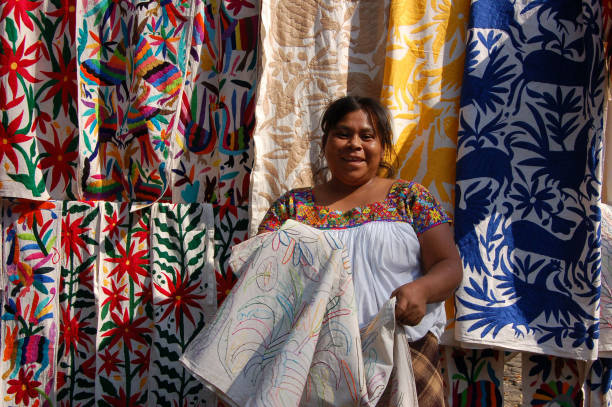10 Surprising Facts About the People of Chiapas
Hello and welcome to our latest blog post about the amazing people of Chiapas, a state located in the southernmost part of Mexico. From its indigenous communities with deep roots in the region to the more recent immigrants who have called Chiapas home, this is a place with a diverse and fascinating population.
Keep reading to learn more about the people of Chiapas and discover 10 surprising facts about this unique region. Whether you're interested in the indigenous cultures of Chiapas, the vibrant traditions that define the state, or the challenges and opportunities facing its people, we hope you'll find something of interest here. So sit back, relax, and let's dive into the fascinating world of Chiapas!
- Chiapas is home to several indigenous communities, each with its own unique culture and traditions. The Tzotzil, Tzeltal, Tojolabal, Ch'oles, and Zoque are just a few of the many groups that call this region home.
- The indigenous communities of Chiapas have a long history of resistance and struggle. In 1994, the Zapatista National Liberation Army (EZLN) rose against the Mexican government to demand land rights, indigenous autonomy, and social justice. While the conflict has largely been peaceful, the Zapatistas remain a powerful force in Chiapas and have inspired social movements around the world.
- Despite their long history in the region, the indigenous people of Chiapas continue to face discrimination and marginalization. Many lack access to basic services like education, healthcare, and clean water, and struggle to maintain their traditional way of life in the face of globalization and development.
- The majority of the population of Chiapas is mestizo, meaning they are of mixed indigenous and European ancestry. Mestizaje, or racial mixing, has been a defining characteristic of Mexican society for centuries and has shaped the culture and identity of the people of Chiapas.
- Spanish is the dominant language in Chiapas, but many indigenous communities also speak their native languages, including Tzotzil, Tzeltal, Tojolabal, and Ch'oles. There are also speakers of Zoque, an ancient language that is unrelated to any other known language.
- Catholicism is the dominant religion in Chiapas, but the state is also home to many Protestant denominations, as well as smaller numbers of Muslims, Jews, and followers of other religions. The indigenous communities of Chiapas have their traditional spiritual practices, which often blend elements of Catholicism with their own pre-Columbian beliefs.
- The people of Chiapas are known for their vibrant and colorful traditional dress, which often reflects the culture and identity of their community. The huipil, a traditional blouse worn by indigenous women, is a particularly iconic garment, with each community having its distinctive style.
- Chiapas is a state with a high level of poverty, with around half of the population living in poverty. Despite this, the people of Chiapas are known for their strong sense of community and resilience. Many rely on traditional forms of mutual aid and support, such as compadrazgo (godparenthood) and tequio (community labor), to help each other through hard times.
- The people of Chiapas are also known for their rich and varied cultural traditions, including music, dance, and artisanal crafts. The marimba, a type of xylophone, is a particularly popular instrument, and Chiapas is home to several traditional music and dance styles.
- Chiapas is a state with a long history of migration and immigration, both within Mexico and from other countries. Many people from other parts of Mexico have moved to Chiapas in search of work, and there are also sizable communities of Central American immigrants in the state. These migratory flows have added to the cultural diversity of Chiapas and have had a significant impact on the state's economy and society.
We hope you've enjoyed learning about the people of Chiapas! From the indigenous communities that have shaped the region's history, to the vibrant culture and traditions that define the state today, Chiapas is a place with a rich and fascinating story.
Thank you for sticking with us until the end of this blog post. We appreciate your time and interest, and we hope you'll join us for future posts as well. Until next time, stay curious and keep learning!











Comments
Post a Comment